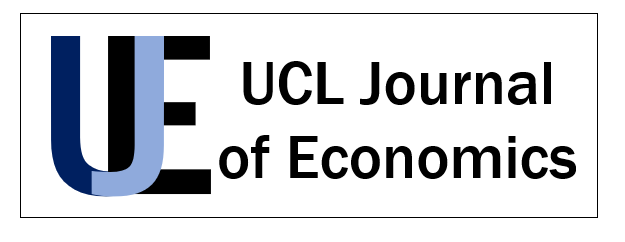Abstract
Restorative justice presents a challenge to the traditional law-and-economics model of crime and punishment, as it eschews deterrence-based punishment and grants a far greater role to the crime victims. Existing economic literature on restorative justice is limited, and further law-and-economics engagement with this increasingly popular paradigm is needed. This paper adopts a novel approach by using the Coase Theorem to analyze restorative justice negotiations. I conclude that, with the proper enabling conditions, restorative justice can lead to higher victim and offender welfare compared to traditional criminal procedures by lowering the transaction costs to bargaining and by granting the victim a clear legal entitlement. However, differences in existing programs and behavioral economics principles suggest that maximally efficient outcomes may not occur in real life.
Keywords: coase theorem, economic analysis of law, criminal justice, restorative justice, victims of crime, criminal punishment
How to Cite:
Comlosan-Pop, A., (2023) “Negotiating Justice: Examining Restorative Justice Through the Coase Theorem”, UCL Journal of Economics 2(1), 111–119. doi: https://doi.org/10.14324/111.444.2755-0877.1595
